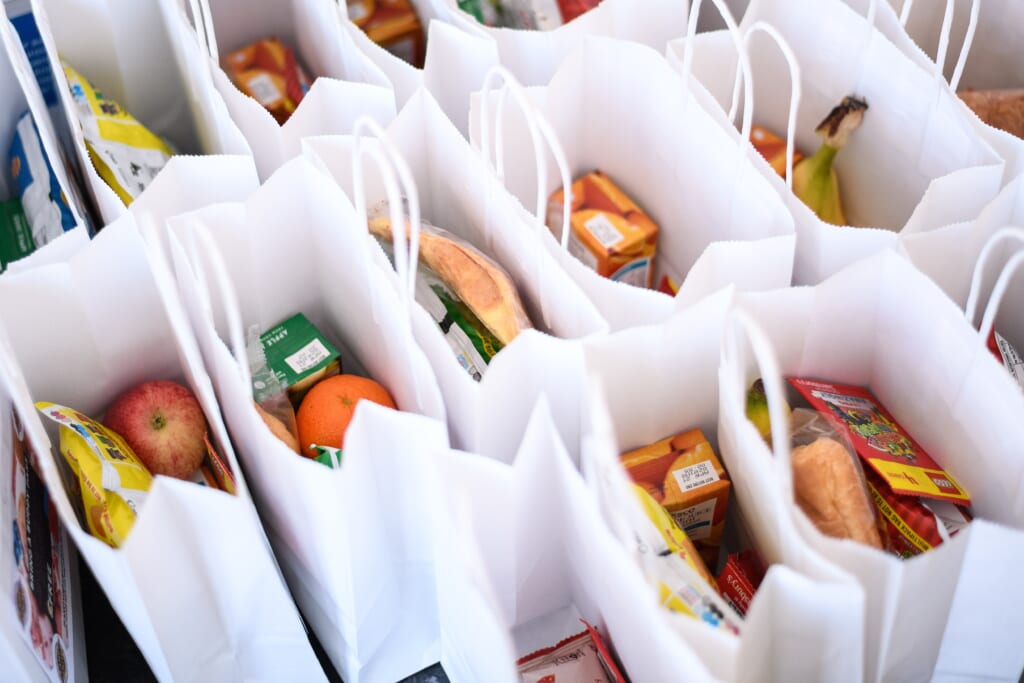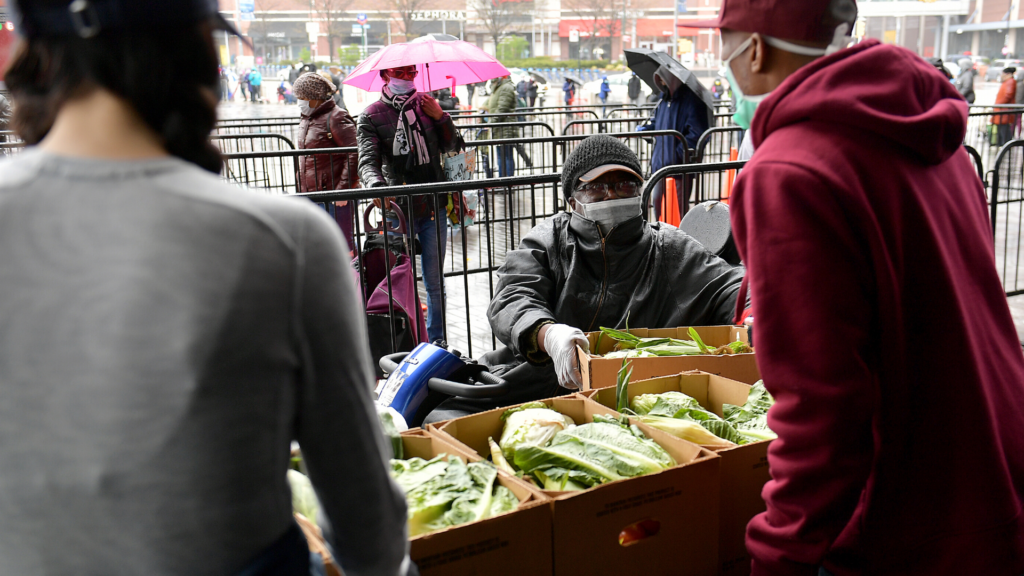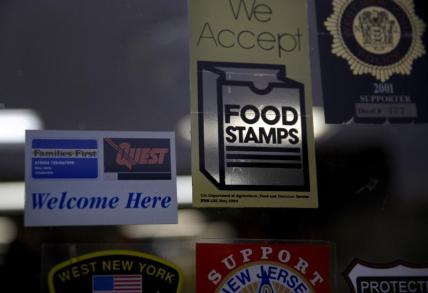Black, Latino households suffered from food insecurity at high rates during the pandemic
One in five Latino families and one and four Black families reported being food insecure in 2020 amid the pandemic.
In 2020, federal pandemic aid was dispersed to help Americans during the COVID-19 pandemic. However, Black and Latino communities in the nation saw an increase of hunger.
Last year, the number of Black households that suffered from food insecurity increased by 18 percent from 2018. According to NBC News, that equates to one out of four Black families having less food or having to skip meals in 2020, per an annual Household Food Security in the United States report from the U.S. Department of Agriculture (USDA).
This means that 24 percent of the total Black households in the United States went hungry in 2020, according to Feeding America. This is despite the USDA serving over 60 million Americans in 2020 via $4 billion being spent on food for food banks.
For Latino households, the USDA report stated that one out of five families were food insecure in 2020, but that equated to a 28 percent increase from the previous year. Overall, over 26 million Americans in total reported that they went hungry in 2020 during the pandemic, equating to one out of eight American households, as reported by the Washington Post.

By the end of 2020, national food insecurity was at 10.5 percent, the same as 2019, but still as low as it’s been since the Great Recession, according to NBC News.
For both the Black and Latino communities, they still suffered from hunger issues over white communities prior to the pandemic. In 2019, only 7.9 percent of white households dealt with food insecurity, while Black and Latino households were at 19.1 percent and 15.6 percent respectively, as reported by NPR.
Diane Whitmore Schanzenbach, an economist and director of the Institute for Policy Research at Northwestern University, told Politico that the rise in food insecurity caused by the COVID-19 pandemic shuttering numerous businesses was unprecedented.
“This is uncharted territory,” Schanzenbach said. “We’ve never seen food insecurity rates double, or nearly triple — and the persistent race gaps are just appalling.”
Although President Joe Biden’s aid package has begun to address the overall food insecurity in the nation, Black and Latino household’s hunger are decreasing at a rate that’s slower than white households, according to The Guardian. Paul Taylor, executive director of Toronto-based food justice organization FoodShare, also recognizes the racial disparities of food insecurity in America during the pandemic.

“Food insecurity and poverty are absolutely racialized, so it’s horrifying, but not surprising, that Black and brown people have suffered disproportionately,” Taylor said. The already existing disparities were exacerbated by the increase of poverty and unemployment of Black communities caused by the pandemic.
Black American workers in 2019 were 26 percent more likely than white American workers to earn the federal minimum wage of $7.25 an hour or less. That’s twice as much as white Americans per The Guardian.
Have you subscribed to theGrio’s podcast “Dear Culture”? Download our newest episodes now!
TheGrio is now on Apple TV, Amazon Fire, and Roku. Download theGrio today!


